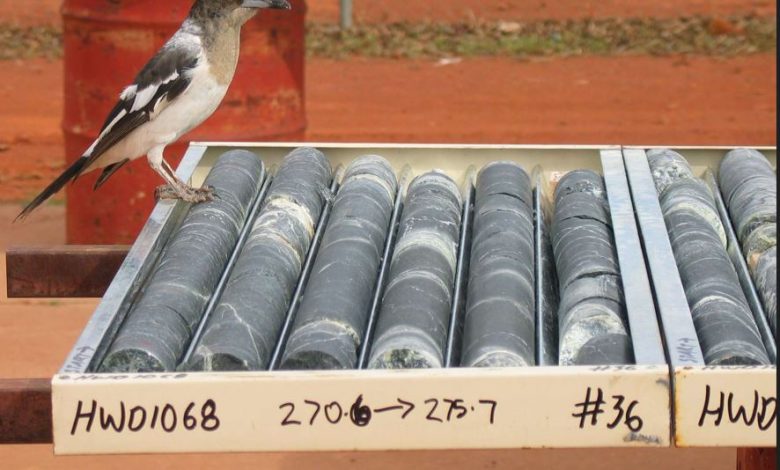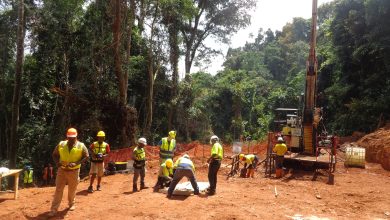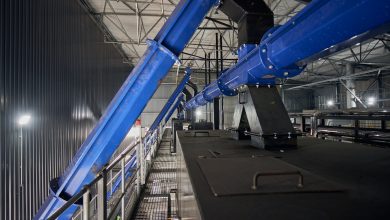
Core scanning for geological logging and sampling
Non-destructive, automatic, rapid geological logging and sampling
Thanks to advanced technology, X-Ray Fluorescent (XRF) apparatus has opened up opportunities for non-destructive, automatic, fast geological logging and sampling at a spatial resolution. With an accurate and detailed dataset readily at the fingertips, a geologist can take rapid decisions on action to be taken. The data could inform decisions on the identification of geological boundaries, in addition to an early estimate of the sample.
Evolving priorities have prompted exploration and mining companies to review how they carry out geological logging and sampling for their respective projects. This is in an atmosphere where they have the following obligations to attend: containing costs, enhancing safety, reducing their environmental emissions, and making a difference in local communities.
Strong basis for alternative techniques
As regards geological logging and sampling, conventional methods may not suffice, where the data acquired, which serves a myriad of purposes, has to be available on time, accurate and retrievable as and when and where required.
These include but may not be limited to the following: providing geologists with data which can inform decision making in the mineral processing chain, research and inspection of ore deposits, and documentation of historical drill cores in core repositories for future reference. Hence, there is a strong basis for the adoption of alternative technologies that are fit for purpose.
Drawbacks of laboratory sampling
An analysis of the limitations of traditional (laboratory) geological sampling and logging substantiates the case for the adoption of alternatives. Traditional sampling methods have the following drawbacks: time-consuming, prone to being subjective (as it depends on the personnel’s judgement), and fraught with errors. Using manual means, the following sequence is followed: sample is visually logged; sample intervals selected; the sample is cut, crushed and sent for traditional assaying in a laboratory.
The feedback can take a long time – sometimes even months. The process has to be repeated when deemed necessary, which further costs time and money. Based on this, it is evident why exploration and mining companies are seeking alternative methods of sampling.
Fascinatingly, one of the techniques, amongst a host of others, which has staked its claim as a practical alternative to traditional methods is drill core scanning using X-ray fluorescence (XRF). This is based on the successful trials that have been carried out in exploration and mining projects worldwide.
Drill core scanning equipment has been on the mineral sampling block for a while (over forty years ago), but it does not enjoy wide usage. However, as industry is in pursuit of alternative techniques, this is set to grow. Encouragingly, recent successes registered in trials worldwide should stimulate interest.
Extraordinary capabilities, thanks to technology
XRF scanning machines are greatly respected for their capabilities. Thanks to advancements in sensor technology, computing power, and robotics, scanners are now equipped with extraordinary capabilities. An XRF scanning apparatus equipped with sensors analyses samples from rock drill cores, cuttings and chips. In contrast with conventional laboratory methods, XRF core scanners analyse samples at a higher spatial resolution, non-destructively, automatically and fast.
Informed decisions
Overall, as far as the general rule goes: Equipment is as effective as its output, XRF core scanning equipment provides a geologist with accurate and detailed datasets readily. Equipped with data, a geologist can make informed decisions on action to be taken on the identification of geological boundaries, in addition to an early estimate of the sample.
Credits for part of the information used: Minalyzer CS: Rapid, non-destructive, on-site assaying of drilling samples, Authors: Sjöqvist, A.S.L. , Lundström, A, and Artursson, M.
Sidebar 1
Developments of interest
Manufacturers are not resting on their laurels in their quest to explore broad fields of applications of XRF scanning apparatus. Interestingly, thus far, opportunities have opened up in the following areas:
- Digital measurements of oriented structures such as joints and schistosity;
- Contactless measurements of density by X-radiation along the full length of drill cores,
- Fast chemical assays of samples in chip trays by XRF; and
- Macroscopic chemical mapping of cut or polished rock slabs.
SideBar 2
Other techniques used in geological logging and sampling
Besides, X-Ray Flourescence (XRF), PGNAA (Prompt Gamma Neutron Activation Analysis) and Laser-Induced Fluorescence (LIF) are other techniques used in geological logging and sampling. It has to be pointed out that every method has its own merits and demerits. The merits are a result of using a suitable technology for the intended field of application. Otherwise, the wrong usage is tantamount to the folly of using a square peg in a round hole – a zero sum game.






